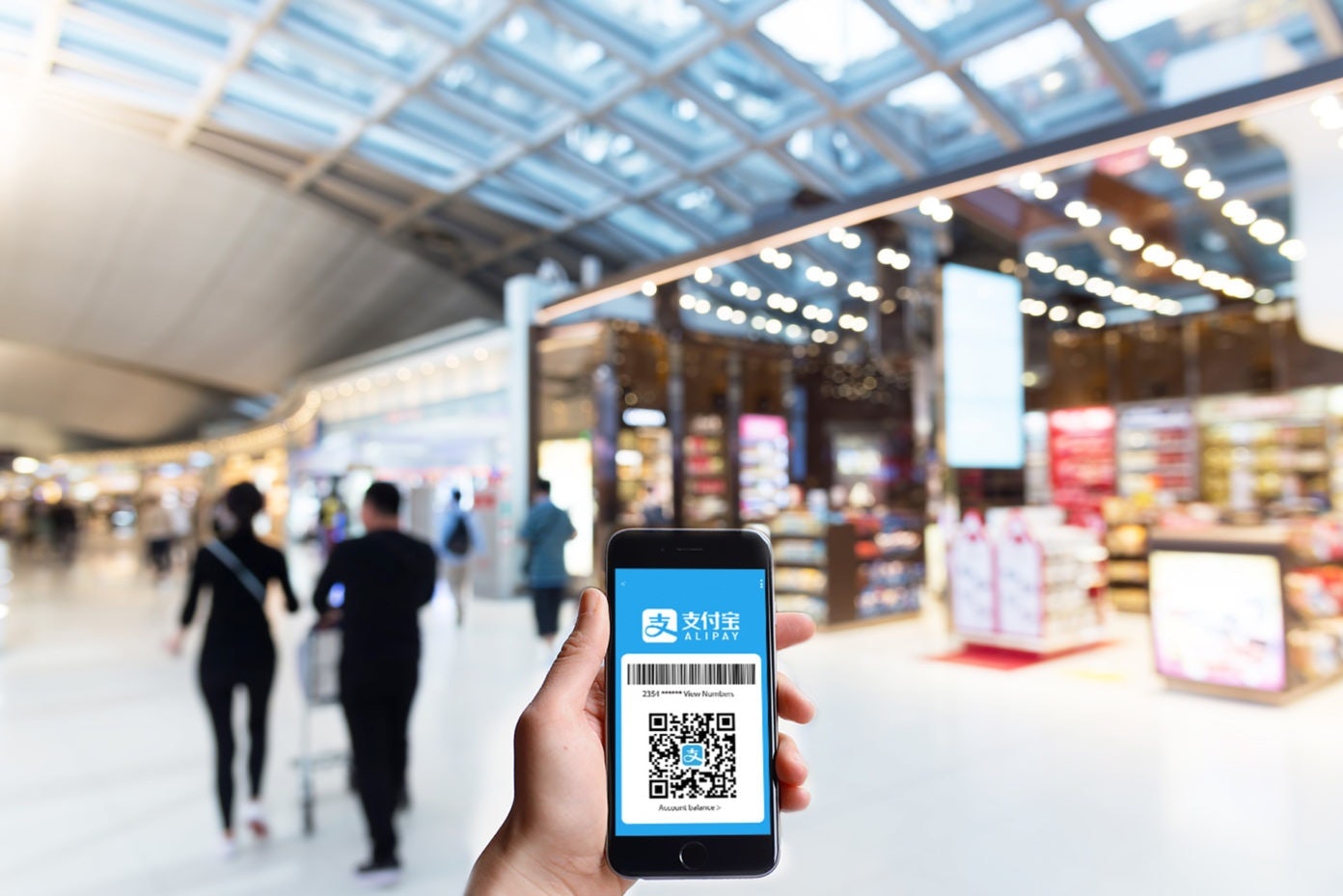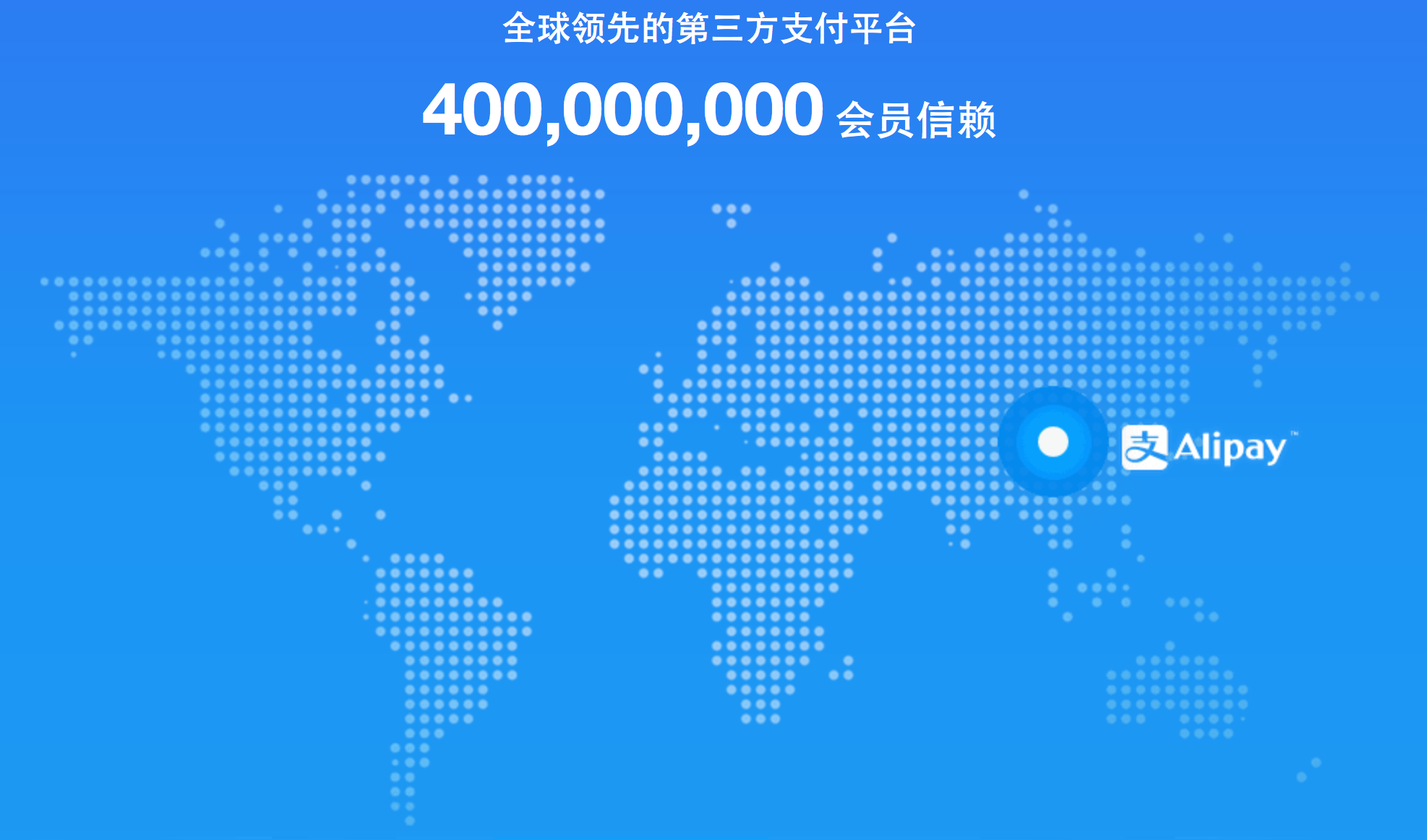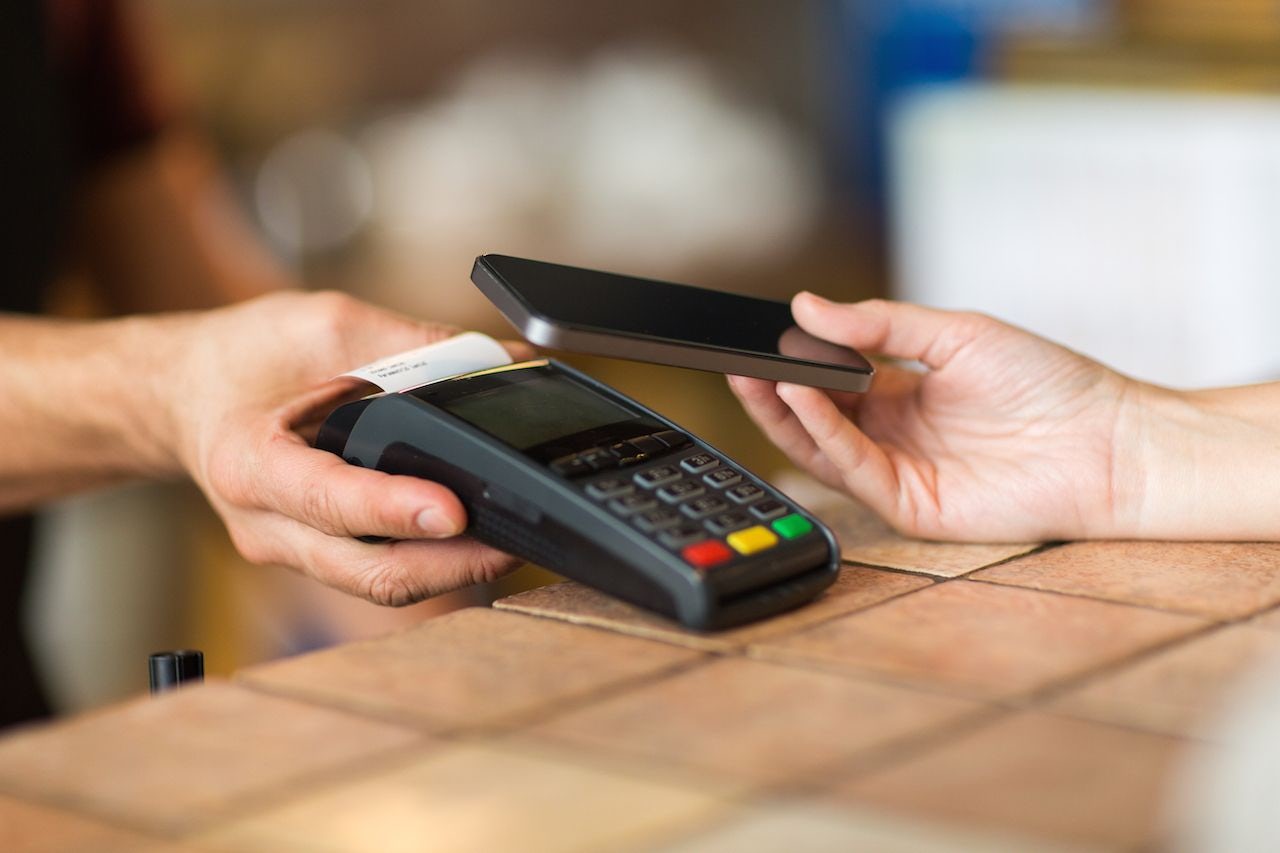Editor's note#
: China's massive outbound tourism has become a solid pillar of global luxury economies. Affluent Chinese travelers are known for their desire of purchasing luxury goods abroad, which requires brands to come up with best practices to facilitate their shopping experience. Among multiple point-of-sale locations during a Chinese customer's outbound trip, the international airport is where an impulse purchase can occur. A piece from our sister site, Jing Travel, argues that in order to motivate Chinese shoppers to spend at the international airports, luxury retailers need to install Chinese mobile payment apps, including Alipay, WeChat Pay, and UnionPay.
Mobile payments are becoming ubiquitous in China, with their transaction volume more than doubling in 2016 to reach a staggering 5 trillion. While it’s true that it can be difficult for international companies to embrace new Chinese phenomena (just ask companies that try getting on Wechat), the opposite is true for Chinese mobile payments. Instead of being a closed Chinese ecosystem, Chinese mobile payment providers are outward-looking and actively try to expand among international retailers.
While the benefits of embracing services such as Alipay and Wechat Pay in addition to already existing—and now also ubiquitous—UnionPay infrastructure can be useful in some contexts, the most persuasive case for implementing Chinese mobile payments are at airports.
Chinese tourists have a demonstrated preference for duty-free shopping to the extent that it’s by far the most popular type of retailer among global Chinese travelers. As a result, duty-free shopping has seen a renaissance alongside the boom in Chinese outbound travel in the last decade. Gone are the days when duty-free shopping was mostly something concentrated to in-flight shopping, airports, and cruise ships. Today, virtually every remotely tourist-oriented retailer has a duty-free sticker in the window, and applying for tax refunds has never been easier. The resurgence of duty-free has also led to record-breaking duty-free license fees in some markets where duty-free shopping is more heavily regulated.
What this means is that airport retailers are up against tougher competition in the duty-free space than ever before. It’s a tough sell convincing a Chinese traveler to buy, for example, a Louis Vuitton blazer during transfer in Dubai rather than save the purchase for duty-free shopping at Galeries Lafayette. Not only does it tap into the positive feeling of buying a brand in its country of origin but it might even be cheaper than at the airport retailer.
Of course, Chinese travelers aren’t more reluctant to go shopping in airports than anyone else—rather the opposite. As a matter of fact, they proved more likely to splurge on airport retailers at Heathrow than anyone else, leading to Heathrow’s “passenger ambassadors” to actively pursue Chinese travelers to encourage them to enter shops and spend more money. This particular example became a PR disaster for Heathrow Airport but also illustrates why airport shopping can be very different from the luxurious purchasing experience consumers have come to expect from luxury brands.
The critical element here is impulse purchasing—something that airport retailers have perfected for decades. In fact, a shopping environment conducive to impulse purchasing may be the only thing that can impress Chinese airport visitors considering that a significant proportion of purchases are planned long before the trip, and often with the explicit purpose of finding the best possible deal. In other words, Chinese shoppers can often easily see straight through “substantial” discounts.
So if the purchasing experience can’t compete with downtown retailers, and red price tags are unlikely to impress, what else is there to do?
The one thing airport retailers can do to encourage more Chinese impulse purchasing is to facilitate transactions, namely by implementing Alipay and Wechat Pay. Not only have these services become the preferred payment options for Chinese consumers, but they’re also the most reliable payment option in the airport environment. The one item that you can be confident isn’t hidden in a pocket of your hand luggage is your smartphone. Moreover, customers won’t have to worry about what currencies are accepted, and whether the exchange rate is competitive or not. The common concerns and areas of hesitance are eliminated.
Last but not least, the smartphone is also the foremost marketing channel that reaches these travelers as soon as they get off the plane and connect to the airport’s wireless internet—a process that more often than not involves viewing ads for recommended shopping in the airport.
With Chinese mobile payment providers now more willing than ever to expand internationally, there are few excuses for avoiding implementation across international airports and passenger hubs. It makes the shopping experience more natural, encourages impulse purchasing, and all without reinventing what airport shopping is all about.
Of course some airports have in fact begun implementing mobile payments in their retail spaces, including Heathrow in November and Helsinki Airport in January. However, most European airports have yet to adopt this crucial payment method, meaning they may be missing out on sales.
Airport shopping serves a purpose, but it can still serve its many Chinese customers better—and it’s more than likely to pay off.
This post originally appeared on our sister site, Jing Travel.



